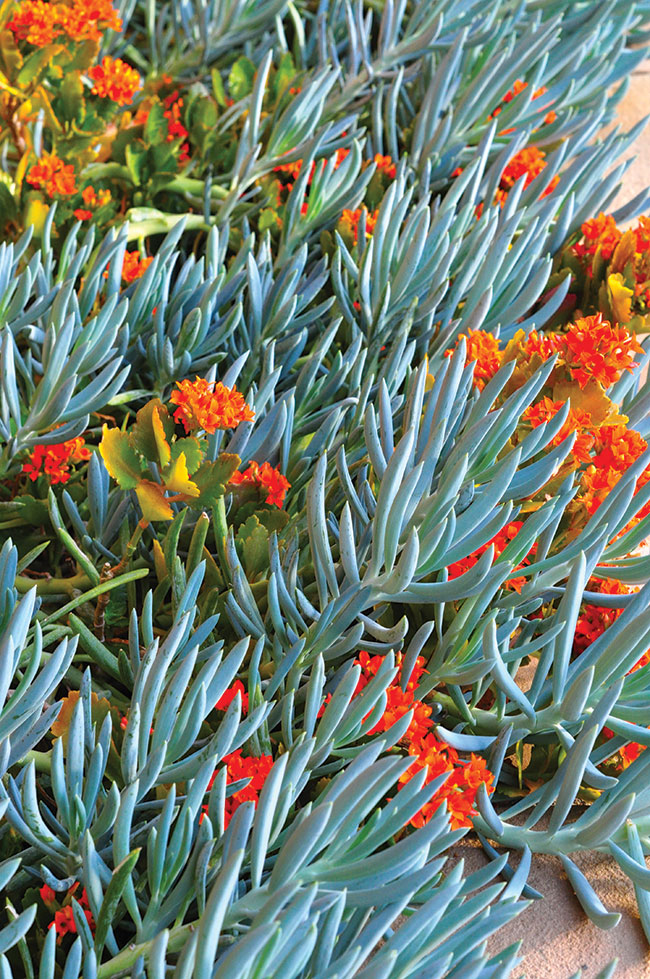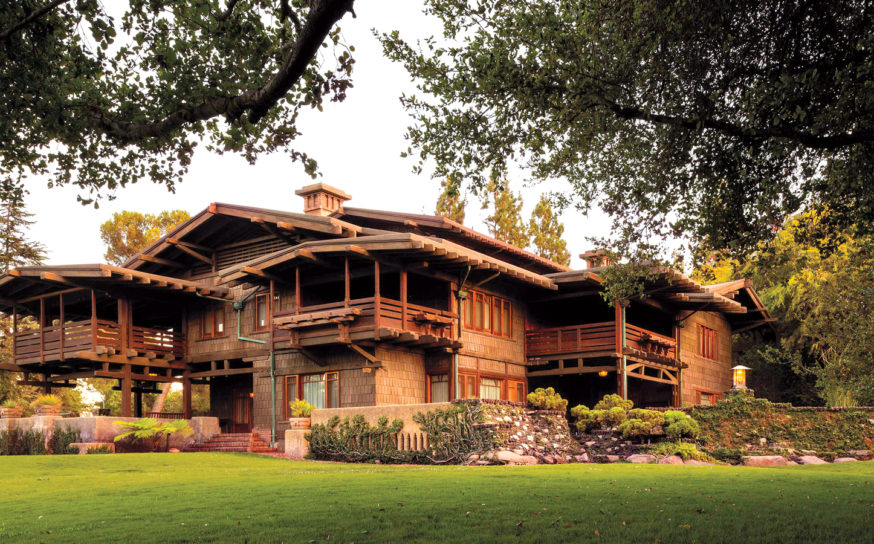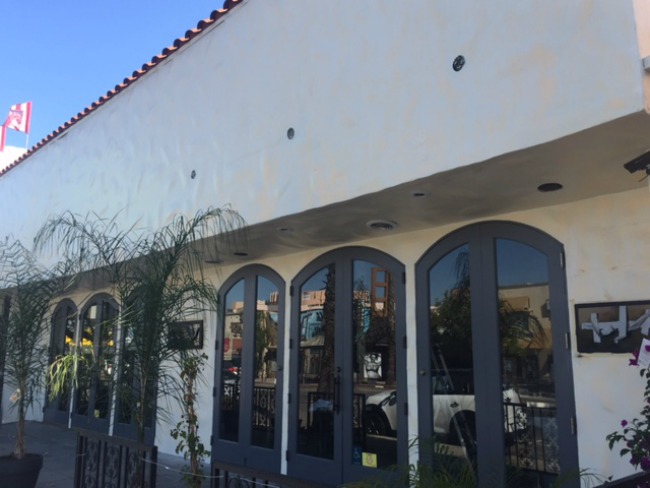Earth, Wind & Foliage
How to artfully combine key elements for a scenic, drought-tolerant garden.
-
CategoryPeople
-
Written byLinda Grasso
The thought of doing away with a lush, verdant, flower-filled garden leaves many homeowners cold; it’s outside their comfort zone. But with a few guidelines, reimagining a landscape becomes within reach. Feast your eyes on this trio of once-traditional gardenscapes, beautifully transformed with water conservation in mind.
KOI POND REIMAGINED
At this hillside home off Mulholland, the backyard koi pond lost its luster. In its place, Lifestyle Landscape’s Aron Miyata created an artistic fountain made from a steel I-beam that was welded on the spot.
The key to the fountain’s appeal lies in its simplicity. “You have water traveling down an I-beam and just dropping into a catch-basin covered with decorative pebble. And it creates a soothing sound.”
What gives the structure such appeal is the use of contrasting materials. “The steel really pops. And the structure of the I-beam gives a special character to the space. Then you add in the great texture and colors of the succulents as a base. It is complementary and contrasting at the same time,” Aron explains.
WALK THIS WAY
Originally West Valley Nursery landscape designer Salvador Rodriguez installed a lawn for the owners of this Tarzana property. He came back some 20 years later to rip it out.
Tom and Carolyn Rotherberg had tired of watching the grass and flowerbeds get decimated by rabbits and gophers. They also wanted to reduce the huge watering bills each summer.
Salvador ultimately designed the backyard with a myriad of decomposed granite, concrete, brick and flagstone. Circular and square beds are filled with trees, garden art, succulents and rocks. The couple used a windmill-inspired piece of garden art they already had for one focal point and then added two more to form a trio.
“We just love it, particularly when the trees are in bloom,” Carolyn shares. “I come out here in the morning with a cup of coffee—it’s just beautiful.”
“We don’t miss the lawn at all,” Tom chimes in. The Rothberg garden gets watered two times a week in the heat and once a week when it is cooler.
Drought-tolerant trees provide a point of interest and add height. For the Rothbergs, Salvador planted Cercidium ‘Desert Museum,’ which sprouts yellow flowers in spring and early summer and has an eye-catching green bark the rest of the year. Flagstone-encased beds add texture, and the colors nicely contrast with the hues of the succulents, like the spiky red flowering aloe ‘Blue Elf.’
Salvador used fist-size rocks scattered around the succulents. “I used rocks from Del Rio (in Santa Monica), which have contrasting colors,” the landscape designer shares.
ENCHANTING FOREST
Karen Houghton decided to make a change on her Encino property back in 2009. At the time, the front yard was comprised of lawn, rose bushes and birch trees. “I was in the garden all the time; the lawn never really looked good, and our high water bills were not socially conscious,” Karen says.
The gardening enthusiast landscaped the large area inside her circular driveway with a series of flagstone and decomposed granite pathways. The space is anchored by a variety of trees, each one offering a distinct foliage (like the silvery Acacia baileyana) or bark (like the red-trunked Arbutus unedo or “strawberry tree”). Agaves that are 5 and 6 feet high provide the majestic finish.
In the wet winter months, flagstone steps allow you to take a walk through the garden and avoid trekking dirt in house. Plant a ground cover around them like the silvery Dymondia, which contrasts with the tones in the stone.
Make interesting succulent combinations: flowering with non-flowering, soft and fluffy with sharp-edged, dark foliage with lighter-colored foliage. A standout combination: the blue chalk Senecio mandraliscae paired with hot pink Kalanchoe.
Distinctive garden art completes the picture. “I became enchanted with these bamboo sculptures from Tibet and Nepal after I saw them in a magazine. I went on a hunt to find them—ultimately buying some from a woman up in Berkeley!” Karen shares.
Architect May Sung Comes to The Rescue on a Studio City Reno Gone Wild
In the right hands…finally!












